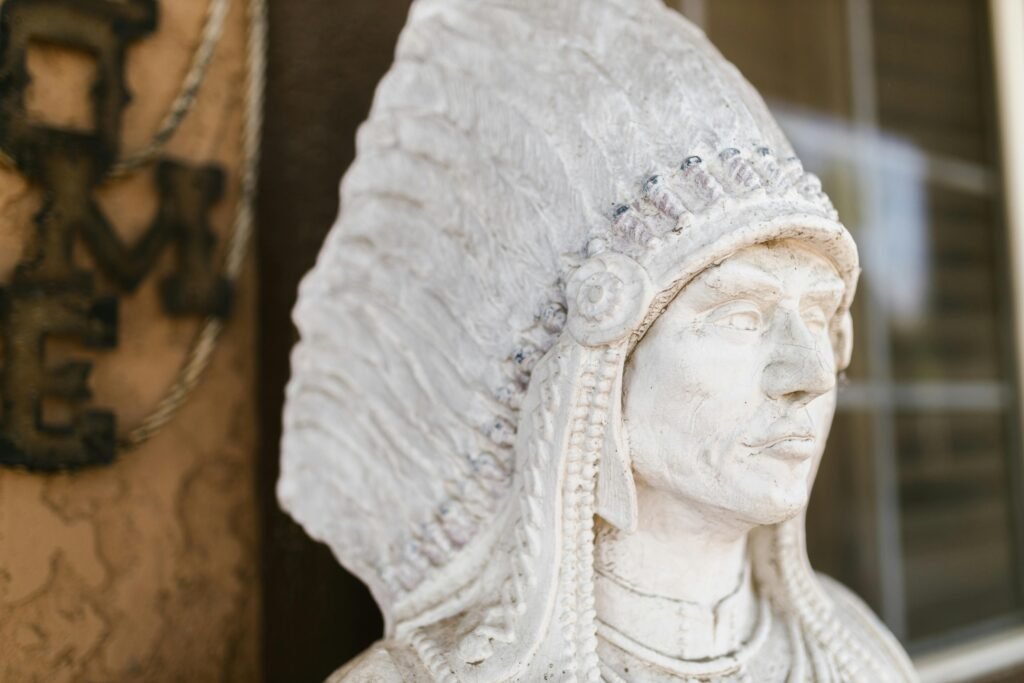Cultural appropriation happens when a majority group — such as a distinguished fashion house or designer — adopts the cultural elements, such as symbols, artifacts, genres, rituals, and technologies, of a minority group and does it in an exploitative, disrespectful, or stereotypical way.

It’s crucial to understand the history of a culture when incorporating its elements into fashion. This knowledge can guide us in respectful borrowing, rather than outright theft, and help us navigate the fine line between inspiration and appropriation.

The issue is multilayered. Using cultural elements in fashion could be seen as an act of admiration. While Jean Paul Gaultier, Donna Karan, and Dolce & Gabbana are praised for their exciting designs that refer to African culture, indigenous African designers aren’t able to gather a similarly large audience. In the public eye, this situation places the cultural minority designers in a lost position when portraying their own culture.

In the worst-case scenario, inspiration for top fashion designers and their runways comes from something other than the given culture’s background — from the designs of minority designers themselves. It needs no explanation that they receive little or no credit for it.
